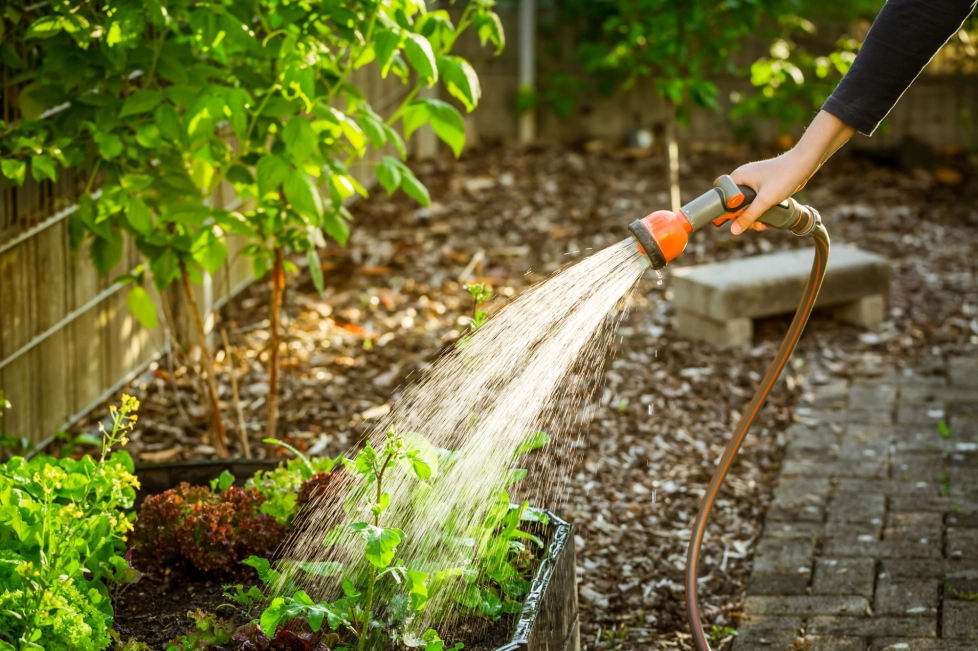Plants also need water to survive, but it’s possible to reduce the amount of water used to keep them healthy. Saving water in the garden is just as important as saving water at home or at your business. 70% of households with gardens use up to 46% of their water for gardening. That’s a lot. We’ve noted several water saving techniques you can use to save water in the garden below.
Existing Gardens:
- Plant succulents and other water-wise plants. The best plants will most probably be those that naturally occur in the area where you live, as they will be adapted to the local quantity of rainfall and shouldn’t need your extra assistance. Here’s a list of lovely water wise plants.
- Remove invasive and water hungry plant species. Check that none of the plants in your garden are water hungry species such as invasive alien Pine trees, Eucalyptus/Gums, Wattles and Australian Acacias and Jacaranda trees.
Fact: 1,44 billion litres of water is lost to invasive alien plants nationally, which could essentially sustain 3.38 million households with four people living for one year or 120,000 HA of cropland to increase food production (Source: World Wildlife Fund)
- Spread wood chippings or mulch in your garden beds. This technique will reduce evaporation from the soil and prevent the growth of weeds. Plants that provide ground cover can also serve this function.
- Take out your lawn. Lawns are water hungry and can be swapped for much nicer alternatives. Some succulents do this job excellently and are even nice to walk on when fully established.
- Wash your car on your lawn.
- Ask your local nursery for indigenous and water wise ground covering plants. that can replace a lawn.
- Indoor plants can benefit from living in your bathroom, where there will be more moisture in the air. Some may need more light than your bathroom offers so keep an eye on the plant’s health.
- Cover your vegetable garden with a shade cloth. This can deter pets while reducing evaporation.
- Consult a local landscaper to help you plant a waterwise garden.
To find out which plants grow naturally in your area, check out SANBI’s search tool. Click your rainfall region and the “drought tolerant” checkbox, as well as other factors about your garden (the amount of sunlight for example). The search tool will then generate a list of plants that would suit your garden.
New Gardens:
- Invest in a greywater system.
- Invest in a water tank and connect all your gutters to it. If the tank fills up and you have a swimming pool, the overflow water could go into that. Your water tank can serve as emergency drinking water (when filtered) or be used in the toilet and garden.
- Use a drip irrigation system, instead of watering with a hose. This method slowly drips water and means that a lot less water is lost to evaporation.
Existing Swimming Pools:
- Turn off the automatic fill-up in your swimming pool. Apart from saving water, a continually dropping water level will also alert you to leaks in the system.
- Make sure you have a swimming pool cover to reduce the speed of evaporation of water. This will make a big difference to your water consumption.
- Convert your swimming pool to an underground water tank. If you only swim a few times per summer, is the water consumption really worth it? A gym membership may offer a warmer alternative if it’s exercise you’re after.
- Install a backwash tank. A backwash tank holds your pool’s backwash water and releases it back into the pool, instead of letting it go to waste.

